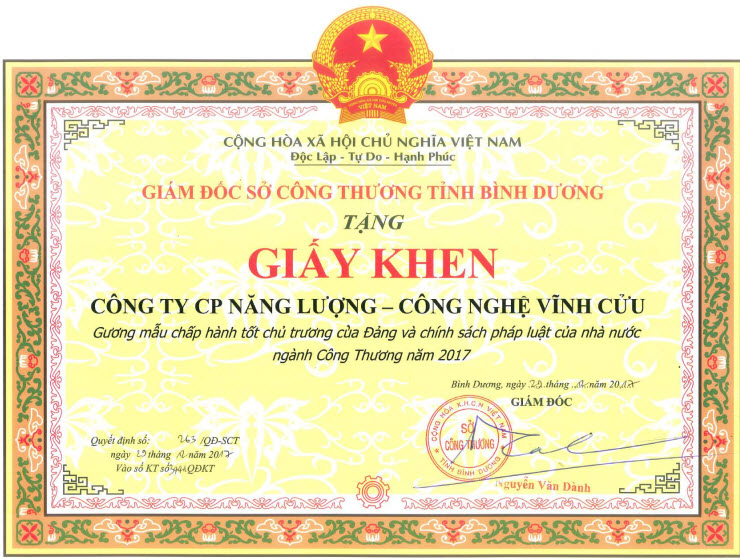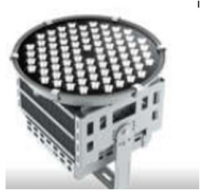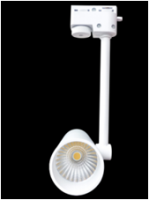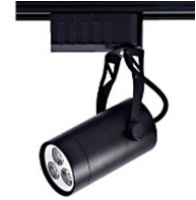Top News
Mr. Nguyen Quan Chinh, Vice Chairman, People's Committee of Quang Tri Province came to visit the site of LED installation.
Solar panel coating increases energy output by
Researchers at the University of California Riverside think they've developed a technology that achieves just that and could lead to much less expensive solar power in the future.
The scientists have developed a coating for solar panels that allows them to use the infrared portion of the light spectrum that usually passes right through solar cells without being converted into electricity, essentially wasted energy. They say the new material effectively reshapes the solar spectrum so that it better matches the photovoltaic materials in the solar cells. The infrared portion is then absorbed and used, boosting the conversion efficiency by at least 30 percent.

The coating includes cadmium selenide or lead selenide semiconductor nanocrystals combined with organic molecules. The resulting material does what they call "upconverting" photons so that they are readily absorbed by the solar cells.
“The key to this research is the hybrid composite material – combining inorganic semiconductor nanoparticles with organic compounds. Organic compounds cannot absorb in the infrared but are good at combining two lower energy photons to a higher energy photon. By using a hybrid material, the inorganic component absorbs two photons and passes their energy on to the organic component for combination. The organic compounds then produce one high-energy photon. Put simply, the inorganics in the composite material take light in; the organics get light out,” said Christopher Bardeen, a professor of chemistry at the university and one of the lead researchers.
Besides making solar panels better, this material could also be used to improve things like biological imaging, data storage and organic light-emitting diodes.
Source: tietkiemnangluong.com.vn
Newer articles
- ABB boosts energy efficiency education at Singapore Polytechnic (19/08/2015)
- New app could cut domestic energy use by 10% (19/08/2015)
- Bright lessons for London school (17/08/2015)
- Quang Binh: Solar power project to benefit far-flung areas (17/08/2015)
- Project GetGreen Vietnam (17/08/2015)
Older articles
- Solutions to Green Energy Trend in Vietnam (13/08/2015)
- USA - Vietnam Cooperation and Development of Clean Energy and Energy Efficiency (11/08/2015)
- Enertec Expo 2015 on Energy Savings Kicks Off its 5th Exhibition (05/08/2015)
- Ba Ria - Vung Tau, over 31 million kWh of Electricity Saved in the First 6 Months (05/08/2015)
- Five-Year Enforcement of the Law on Economical and Efficient Use of Energy Recorded with Milestones (05/08/2015)
Devices
Energy Audit
ONLINE
(0909.901.045)
| MOU SIGNING CEREMONY ABOUT SPECIAL LED WITH COB TECHNOLOGY FOR FISHING SHIPS BETWEEN QUANG TRI PPC AND NEDO |







































